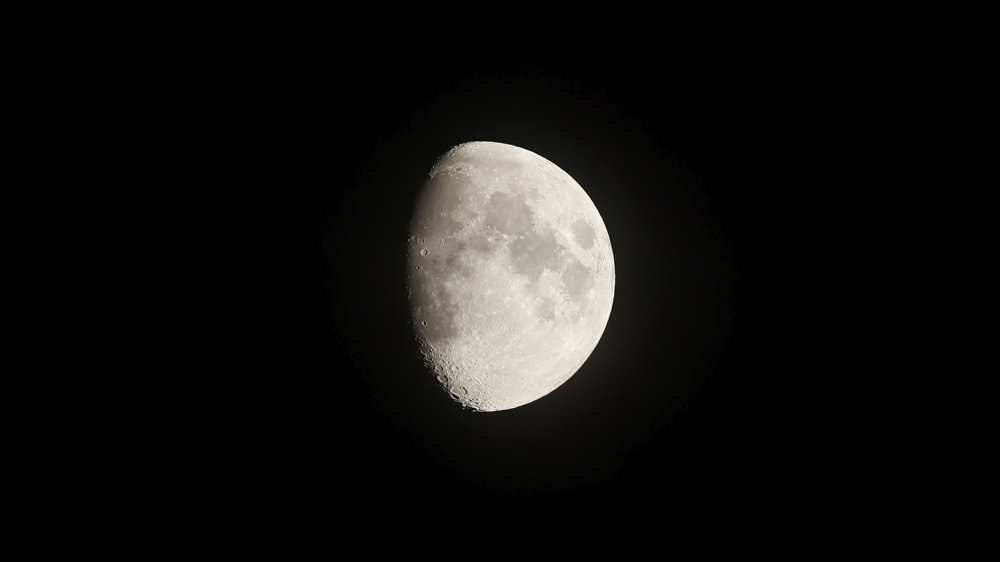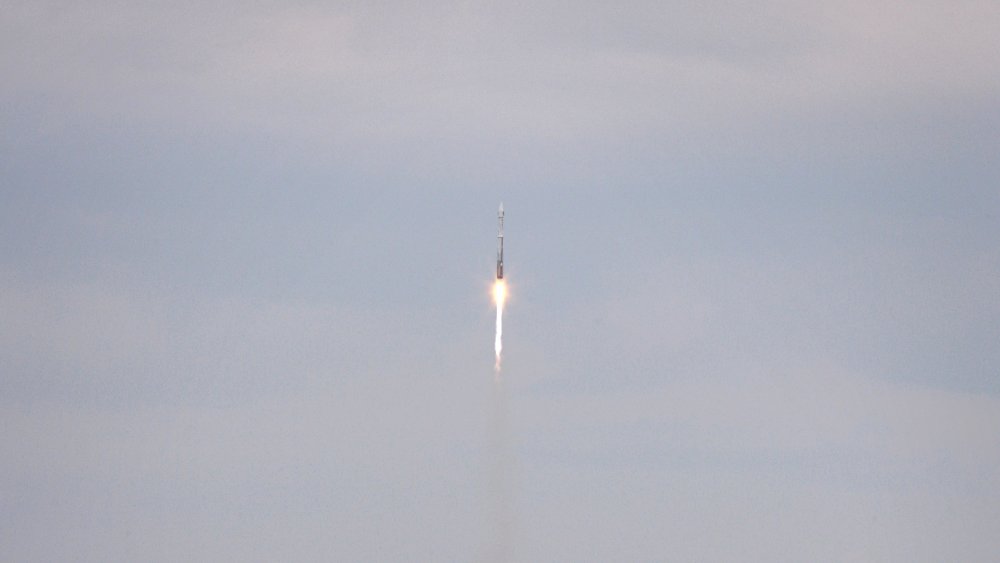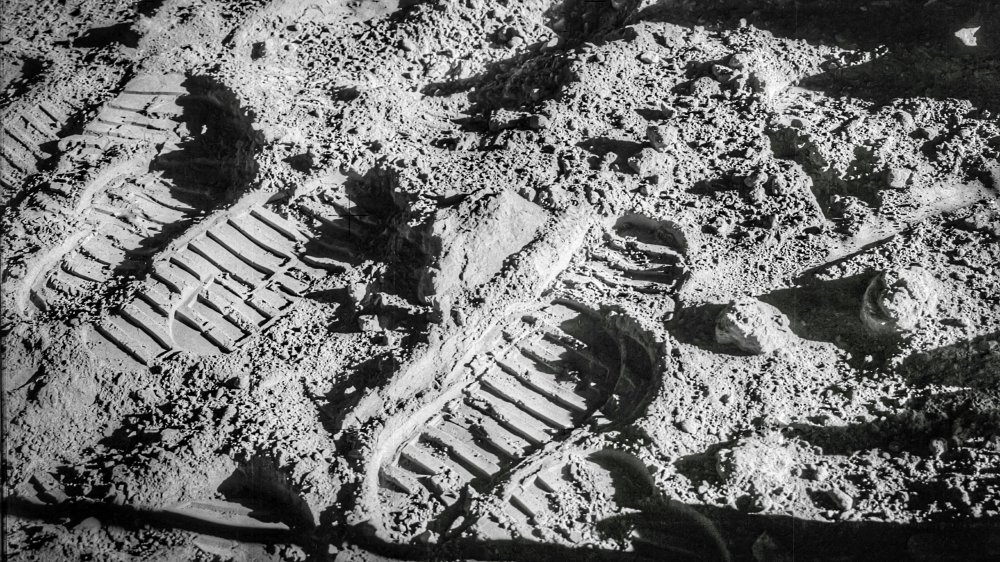NASA Found Water On The Moon, Here's What It Means
Trust it to be in the middle of a hectic news cycle towards the end of a coronavirus-dominated year that NASA drops some of the biggest space-related news of the last decade, but here it is. On October 26, 2020, two articles were published in the scientific journal Nature, which may change the whole future of space travel and the coming decades for humanity as we know it. Namely, that the Moon appears to harbor far more water than scientists have previously thought.
One of the Nature papers is titled "Molecular water detected on the sunlit Moon by SOFIA." The expert astronomer authors "present observations of the Moon at 6 µm using the NASA/DLR Stratospheric Observatory for Infrared Astronomy (SOFIA). Observations reveal a 6 µm emission feature at high lunar latitudes due to the presence of molecular water on the lunar surface." Put simply, the scientists argue that the setting at which they performed their survey of the Moon (6 µm) means that the hydroxyl compounds they observed on the surface of the moon can be nothing other than good old H2O. What's more, the water was discovered on the "sunlit side" of the Moon. This is an important discovery, as previous to this it has been believed that such areas would be unsuitable to support the presence of liquid water.
Breakthrough data from our Lunar Orbiter
The other, "Micro cold traps on the Moon" — which was published in the same issue of Nature– argues that argues that previous analyses of the potential amount of frozen water ice located at the Moon's poles have been gross underestimations, and uses data from the Lunar Reconnaissance Orbiter as well as theoretical modeling to suggest that "micro cold traps" could be located across 40,000 km2 of the lunar surface.
As Vice's science writer Becky Ferreira reports, "Decades of previous research already strongly supports the existence of water on the Moon, but this pair of studies reveals new insights about the whereabouts, properties, and possible extent of this valuable resource."
But what do these announcements really mean for the future of space exploration? Do they really mean more to us than previous papers extolling the possibility that the moon may have water deposits that humankind could harvest sometime in the future? And at a time when humanity has plenty of terrestrial problems to contend with, is space really on anyone's mind at the moment?
Lunar water means potential habitation
The first of these two papers really is a surprise for many scientists. As lead author Casey Honniball explains in a press release from NASA: "Without a thick atmosphere, water on the sunlit lunar surface should just be lost to space. Yet somehow we're seeing it. Something is generating the water, and something must be trapping it there."
New Scientist explains that this discovery is important because it potentially means an abundance of water that astronauts "could use," that is easily accessible, as opposed to that which is frozen deep under the lunar surface.
The discovery comes at a time when space exploration is once again becoming a hot political issue. NASA has recently published plans to land the first woman on the Moon in 2024, while President Donald Trump has discussed mining the moon as a goal for his second presidential term, according to the BBC. At the same time, academics in the journal Science have warned that the US is seeking to become "gate-keepers" of the next generation of space travelers, with policies that "put the safe development of space at risk."


